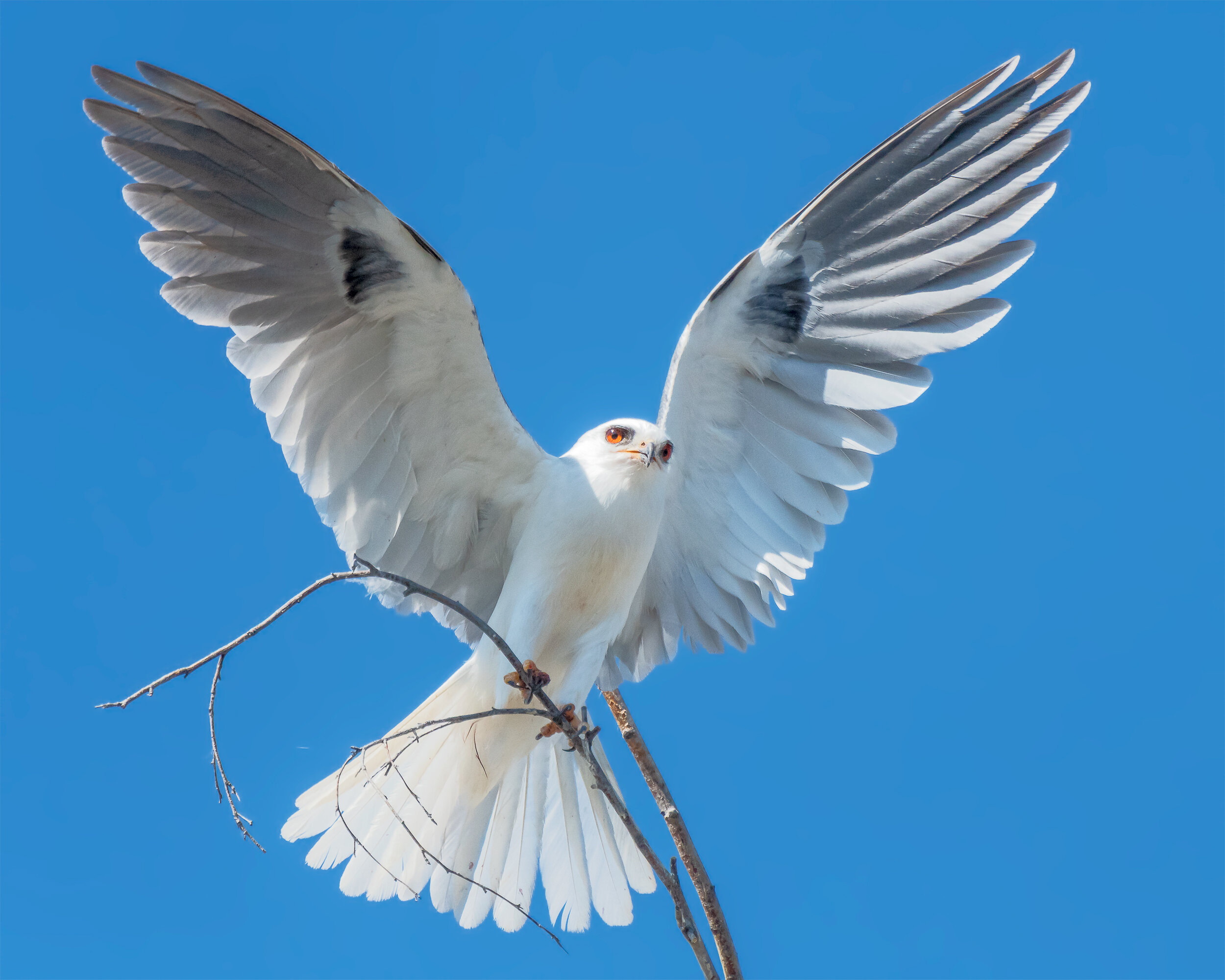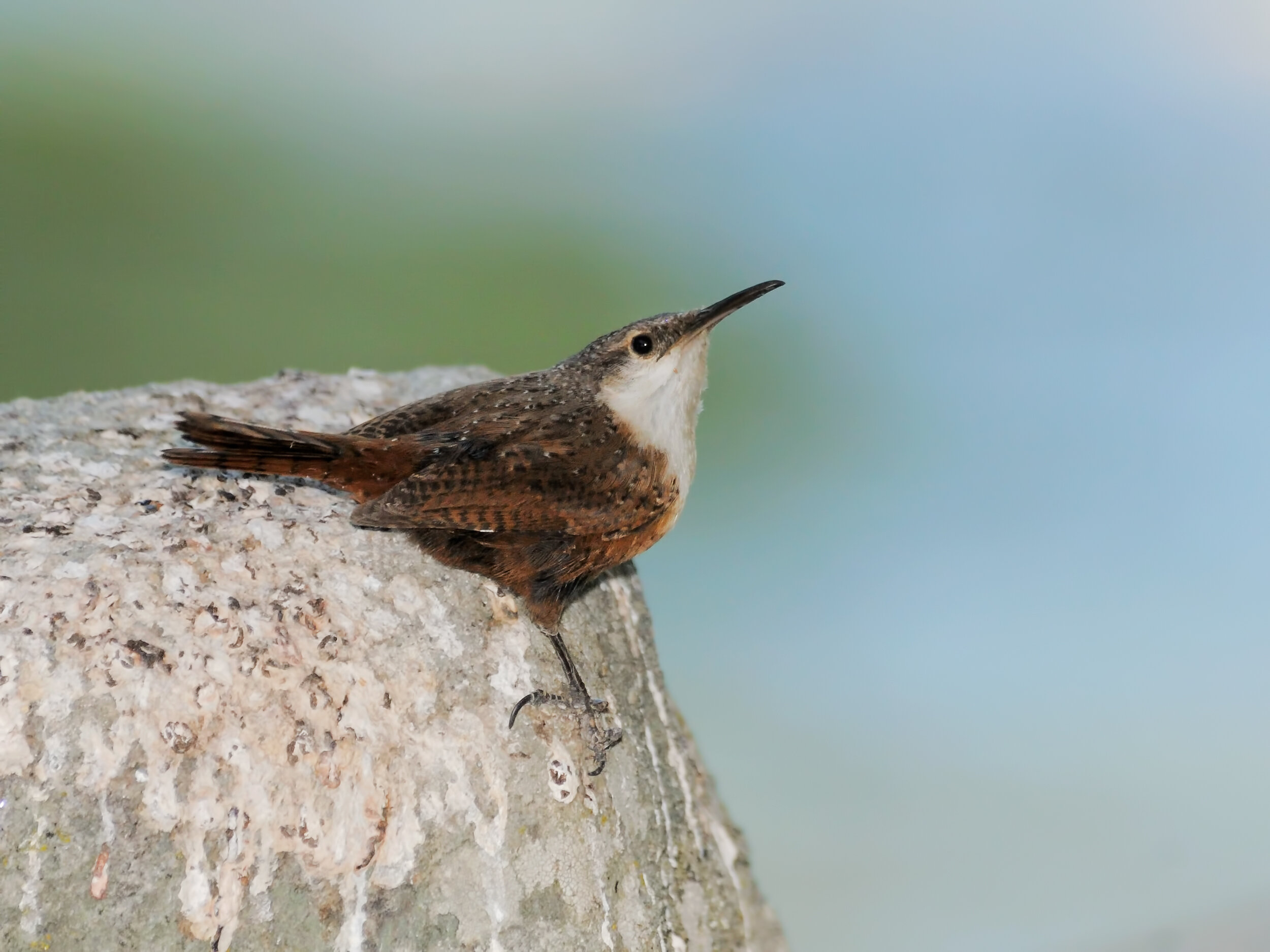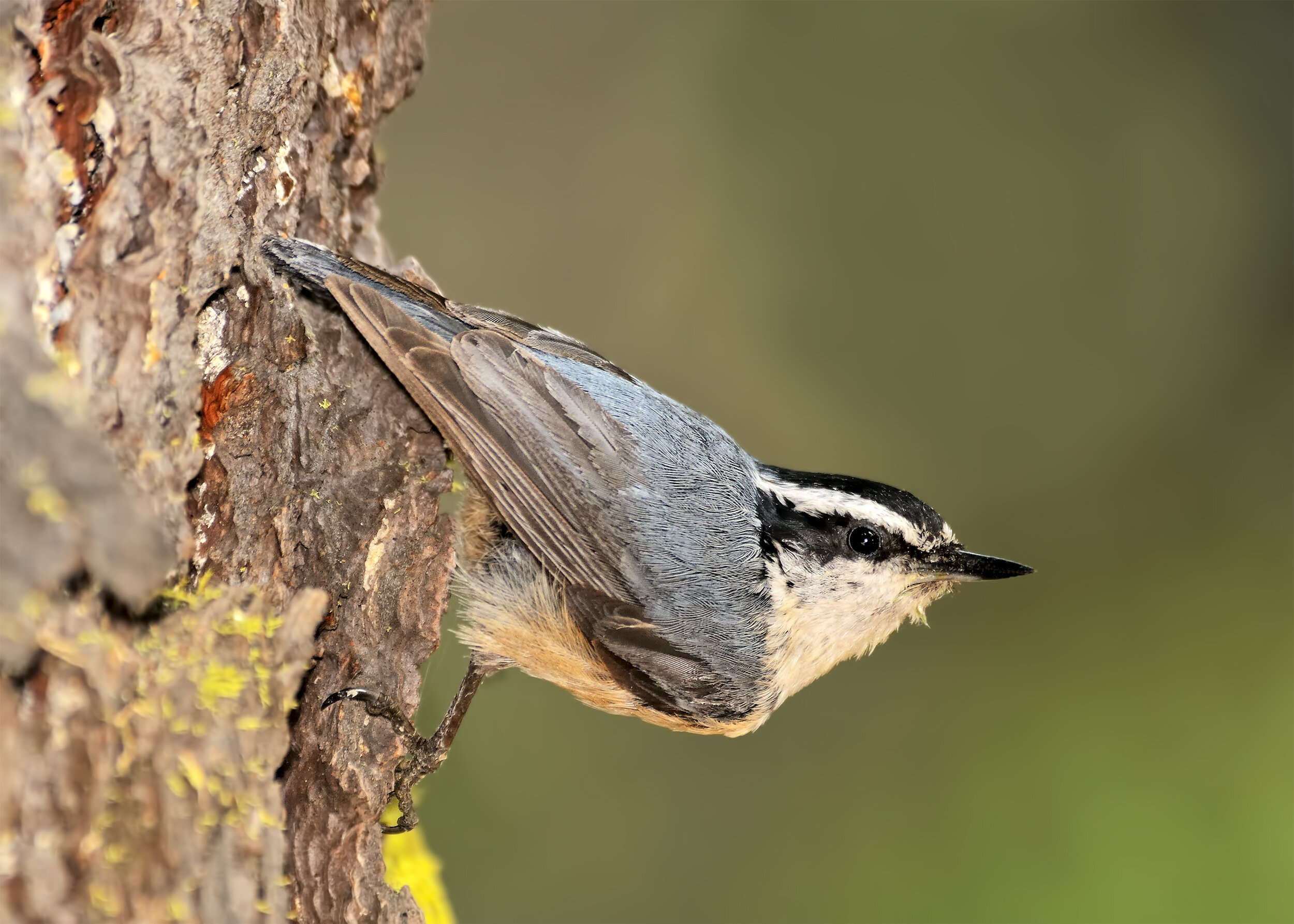Foothills and Sierra Nevada
To use the map above, click on any point. You’ll find the name and a brief description with a link to additional information. Alternatively, you can click on the square with an arrow in the upper left hand corner of the map to open a complete list of all the locations on this map. The map is easier to use if you enlarge it by clicking on the partial square in the top right portion of the map.
Fees and directions may have changed. If you have recommended changes for a location, please email them to the Web Committee.
Foothills - El Dorado Hills
This destination is a narrow hiking trail bordered closely by dense streamside habitat and containing a wide variety of riparian species year-round.
Although just one mile each way, this riparian habitat supports a wide variety of species. Most of the trail runs between Bucks Creek and the Silva Valley Parkway.
Foothills - The Coloma Area
The Bureau of Land Management (BLM) manages Cronan Ranch, originally a working cattle ranch of approximately 1,452 acres. This beautiful area contains 12 miles of dirt roads and trails ambling through a variety of terrain from oak woodland and rolling hills to shaded, riparian river access.
This is a particularly good place to look for nesting raptors such as Great Horned Owls, American Kestrels, Red-shouldered Hawks, and White-tailed Kites. Within the unit, several excellent trails follow the South Fork of the American River and meander through shady oak woodland and occasionally, open rolling grasslands.
This nature area features a loop trail about a mile long which goes from the parking lot to the South Fork of the American River and back to the parking area. It is fairly level with little elevation change and is thus excellent for children.
This is one of four excellent birding locations in and near Coloma: the Cronan Ranch Regional Trails Park, the Greenwood Creek River Access, the Dave Moore Nature Area, and the Marshall Gold Discovery Historic State Park.
Foothills - Auburn Area
The striking canyons of the North and Middle Forks of the American River provide a backdrop to several good birding and hiking areas just outside of Auburn including Quarry Ridge, the Olmstead Loop Trail, the Stagecoach Trail, Lake Clementine, and Driver’s Flat.
Sierra Nevada
Mosquito Ridge Road was severely impacted during the 2022 Mosquito Fire and sustained additional damage during the record winter storms that followed. The road was reopened in May 2024, but please be aware of the inherent risks of traveling on forest roads and through post-fire areas.
Unfortunately, this area was burned in the Caldor fire in Aug-Sept 2021. The area is no longer closed to the public, but is still undergoing temporary closures and repairs.
This 30 mile driving trip takes you through one of the best montane birding areas within easy driving distance of Sacramento. The area ranges in elevation from approximately 3,500 feet to over 6,000 feet and offers a number of varied habitats for many species of birds.
Located at 5,000 feet near Emigrant Pass, Sierra Discovery Trail is a one mile partially paved loop trail meandering through an old growth conifer forest. Bear River also runs adjacent to the trail providing an opportunity to see an American Dipper.
Banner Photo Credit: White-headed Woodpecker by Daniel Lee Brown












